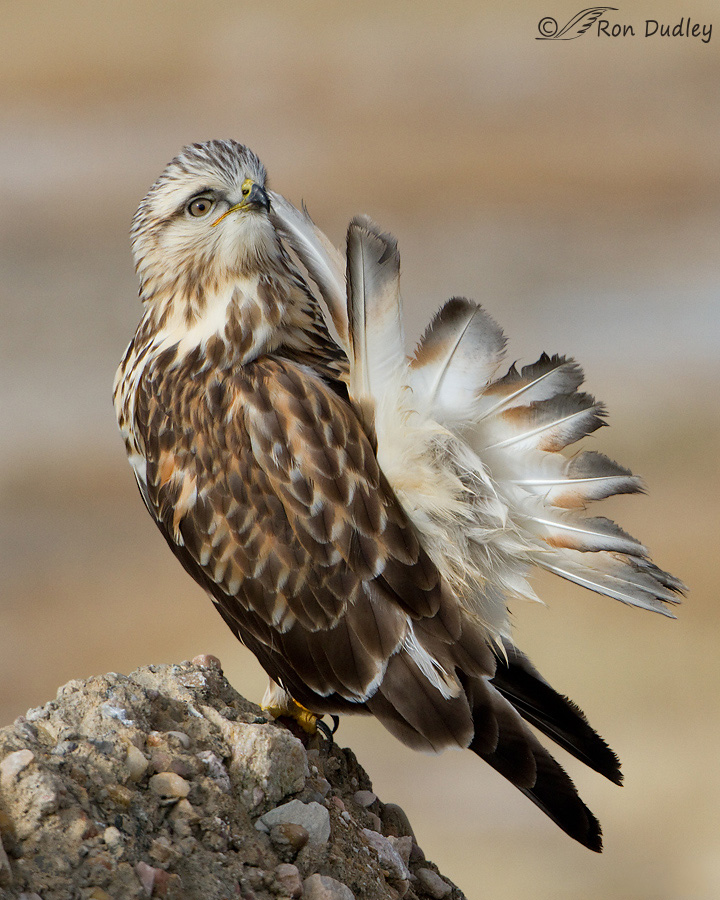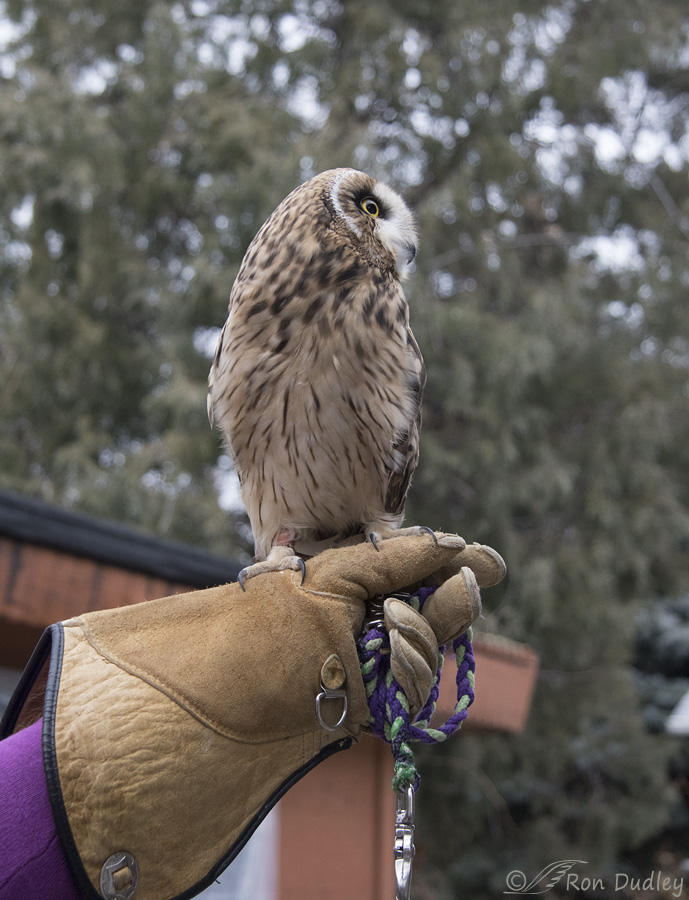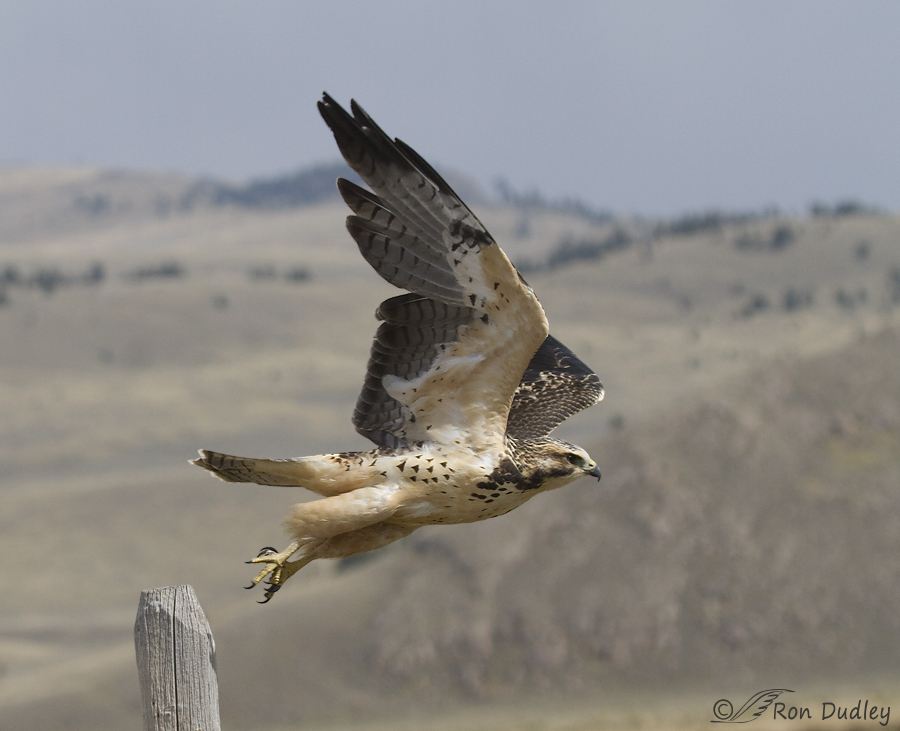This time I’m not going to forget it.
Recently I stumbled across a nearly 7-year-old blog post of mine about an interesting word related to birds and realized that since then I’d completely forgotten about the post, and the word. In an effort to do better, and realizing that many of my readers have likely forgotten it too, I decided to rerun a highly modified version of the older post.
For this version I’ve changed much of the text and, replaced most of the photos with different photos.
Thanks to HawkWatch International I learned an interesting new word a couple of days ago. I’m always happy to add to my vocabulary when it’s a topic of interest to me – in this case, birds. I’ve known about this phenomenon for years (I actually used to teach it in my zoology classes) but I was unaware there was an actual word assigned to it and I’m guessing that many of my readers may be in the same boat.
The word is “zugunruhe”. On reflection I may not use it easily in conversation because its proper German pronunciation would likely tangle my tungle but I’m still happy to know it and it may come in handy on my blog or in conversation with other bird fanatics.
A short definition of zugunruhe might be “a period of anxiousness exhibited by migratory birds, including those in captivity, during migration seasons“. But I like the following description from William Fiennes better:
- “In accordance with their inherited calendars, birds get an urge to move. When migratory birds are held in captivity, they hop about, flutter their wings and flit from perch to perch just as birds of the same species are migrating in the wild. The caged birds ‘know’ they should be travelling too. This migratory restlessness, or Zugunruhe, was first described by Johann Andreas Naumann…[who] interpreted Zugunruhe to be an expression of the migratory instinct in birds.”
The urge to migrate is of course instinctive so birds have no control over it. Zugunruhe has been produced in the lab in captive migratory birds by artificially changing the length of day, which causes the anxiety of the birds to increase and changes their normal sleep pattern (many birds migrate at night).
Most North American bird species are migratory to a greater or lesser degree (interestingly, far fewer South American birds are migratory) so when I see captive birds I often wonder what they might experience during migration seasons.
 Most examples of birds exhibiting migratory stress or anxiety in captivity I’ve read about in the past have been songbirds, so without giving it much thought I had just assumed (assumptions are inherently perilous) that zugunruhe was primarily a phenomenon of passerines. I was wrong. Raptors experience zugunruhe too, which is at least part of the trigger for them to migrate in the first place.
Most examples of birds exhibiting migratory stress or anxiety in captivity I’ve read about in the past have been songbirds, so without giving it much thought I had just assumed (assumptions are inherently perilous) that zugunruhe was primarily a phenomenon of passerines. I was wrong. Raptors experience zugunruhe too, which is at least part of the trigger for them to migrate in the first place.
This photo of a preening Rough-legged Hawk was taken on Antelope Island in November, not long after the hawk migrated to Utah after spending the breeding season up north. Zugunruhe would have been responsible for triggering that arduous trip.

Many of the captive birds I experience personally are unreleasable raptors used in education programs, including Galileo the Short-eared Owl I cut out of barbed wire. Before he died, Galileo was an education ambassador for HawkWatch International so this photo was taken when he was captive (obviously).
While Nikki Wayment of HWI was holding him on the glove (in early winter), he kept looking through the trees and up into the sky as if he’d love nothing more than to take wing and go somewhere. I can never see this photo without wondering if Galileo was longing to migrate.

Good Friend Tana Hunter spent many years as a volunteer tending to the needs of HWI’s collection of education raptors. When I asked Tana if she ever noticed increased anxiety in their captive raptors during migration seasons, her response was “Yes, especially with Aymara the Swainson’s Hawk. She can be quite the little drama queen during fall migration!” Given Tana’s response, it’s interesting to note that Swainson’s Hawks migrate all the way to South America in the fall.
Friend and blog follower Art Lang had this to say in a comment on my original post about zugunruhe.
“I have used the word for many years when I see the behavior in my back yard every autumn. My wife and I pronounce it zoo-gun-ROO. That may be our made up pronunciation and partially inherited from a natural history instructor she once had. Nonetheless I love the word and the behavior I see often with the red winged blackbirds and other commuting songbirds in the first snows of the season in my backyard at 7000’ in the Wasatch. We get quite animated when we observe the behavior and shout it out.”
At this point it’s my goal to become and remain as familiar with “zugunruhe” as Art and his wife obviously are. No more brain farts.
Ron


I have seen it in passerines I have overwintered in my cages for our rehab. Due to injuries or feather conditions they were not releasable for migration. They exhibited agitated behavior both in fall and again in spring. They will fly in circles around their inclosure at night. They look up for an escape, circle around a few times, land, hop about looking up, then fly in circles, repeating the process most of the night. Once late fall and winter set in they do not exhibit this behavior again until March, early April.
How interesting and informative your comments about the migratory birds behavior near the time they take flight!!
Thanks, Eloise.
Thank you! SO interesting to learn something new about birds migration nature.
You’re very welcome, Kathleen.
Hi Ron,
An interesting and informative post on a topic well worth revisiting. I am familiar with the term but rarely use or hear it.
Your observation that South American species do not migrate to the same extent (if at all) as those in the North is paralleled by those in Australia and New Zealand – we receive many seasonal migrants form the North (one town here in NZ has an annual Return of the Bar-tailed Godwit Festival) but the reverse does not occur. I have always thought it due to the fact that the Continents in the Southern Hemisphere are at more moderate latitudes than the majority of the landmass in the Northern Hemisphere and in general the climate and the extremes in it are more moderate and the need to ‘escape’ for that reason and the availability of resources, is much less.
Anyway, best wishes from a mild Spring Day in Northland, Aotearoa/New Zealand.
Thanks, Gary. I always assumed (there I go, assuming again) it was due to the same thing you described.
Glad you revisited the word (new to me), but especially that you revisited Galileo and the hawks in explanation of its meaning. They’re all beauties — and Galileo is so fondly remembered — but the face of that Roughie is beyond compare. That image in particular is wonderful!
(Yes, weird email presentation again today, but as long as I get here, I can live with it. )
)
Thanks very much, Chris.
I can’t live with it much longer…
Thank you. As a word nerd I love this. It makes a heap of sense too. And I still love Galileo. I cannot remember seeing the word before so you are not alone in your brain fart. And hope (perhaps in vain) to remember it.
No email again this morning and one photo reluctant to load.
Word-nerdness makes life more interesting, doesn’t it EC. Sorry about the hiccups, apparently from WordPress
Always a treat to see sweet, sweet Galileo. I never met him, but I feel like I knew him.

Thanks to you and Jake, I have two new (or new again) vocabulary words! Love that you continue to be in teaching mode — you can take the guy out of the classroom, but…
Thanks, Marty. In this case I’m (re)teaching myself.
To add some data: I haven’t had any email notification or loading issues with your blog on my Mac or iPhone. Hope that helps with your WP investigation.
Thanks, Marty. It might.
Very educational post Ron. I don’t remember it and for sure have not been with you for 7 years. I love that first photo. If I had taken it, it would be framed and on my wall for sure. Never heard that term nor was aware of that migration caused behavior. Very interesting. Thanks for posting.
Thanks, Everett. That’s one of my favorite Roughie photos.
As a former student of German language, I’m fascinated by this term !
“Zug” is most commonly used to mean a TRAIN, and bird migration
is very close to that concept ! “unruhe” literally means “unpeaceful”.
Your late teaching colleague at Highland High, Dean Collett, gave
me a great start in fascination with language…….
Ahh, Dean. What a guy he was. Literally a legend at HHS.
During the 20-odd years that I practiced falconry, I can’t say that I saw any evidence of “zugunruhe” in the birds I flew. On September 1st, I’d take the birds up from their molt and begin flying them daily through the fall migration period and through the winter, into the spring migration period. If zungunruhe were a very powerful impulse for them, I would expect to have noticed them paying less attention to me during those times, or even ignoring me altogether to head south. I never worked with any species that were obligate long-distance migrants, like Swainson’s Hawks.
“I never worked with any species that were obligate long-distance migrants”
Maybe that at least partially explains your experience with your birds, Carel. Thanks for your input.
What an interesting word and post! Thank you! Although now I have another thing to worry about – all the captive birds who are experiencing zugunruhe and can’t do anything about it!
Can it be applied to people as well, ’cause it sure describes the anxiety I often feel in Sept/Oct – a tension in the changing season.
The photos all capture the feeling beautifully!
“Can it be applied to people as well, ’cause it sure describes the anxiety I often feel in Sept/Oct ”
An interesting possibility, Carolyn. Michael mentioned something similar in his comment so who knows, maybe it can.
Thanks professor, for another lesson.
It is the season. Feeling a bit zugunruhe myself.
Always wondered about what the trigger for migration might be. I’m not so sure it is a change in the length of the day.
Sometime in the early fall, either in the early morning about sunrise, or in the early evening just before sunset, I sense a change in the light. I think it might be in the angle, or the color, or maybe the length of the shadows (or maybe all of these things). But whatever it is, when I sense it I stop and say to myself, it’s coming.
When I looked at that photo of Galileo I had the oddest feeling of connection. I could feel ‘it’.
Michael, it’s my understanding that in birds the urge to migrate can be triggered by a variety of things, including day length, changing temps, food availability, need to find nesting habitat and genetic disposition. Those factors trigger hormones that cause zugunruhe.
I’ve never had a softer spot for a wild bird than I had, and continue to have, for Galileo.
Thanks Ron. I just passed the phrase “automnal recrudescece” to a friend. Now she gets another word to look up.
I knew of this, not the term for it.
Thanks
And I just looked up “recrudescece”. Tit for tat. Thanks, Jake.
Ron, on a side note of the work “zugunruhe”. I have been a seasonal worker since I started working, I am 63 and started working at 17. I accepted my first permanent job ever in August with the NPS at Great Basin National Park. In my accepting the position, I explained that I am used to migrating each October and April. Jittery is the word I used. That I may not adapt to this new calendar. So, I worked things out have those months off. The boss agreed. I wish I had known this term in August to use on him. So, I am out roaming and soon will see what a winter in eastern Nevada is like. I bet warmer than my time in Antarctica..
Fascinating post… I guess I did forget the word even if I had seen the post before! And what a stunning photo of the Rough-legged hawk!
Interesting! I’ve always believed some of the “flocking” behavior that occurs before some leave is triggered by “something” – probably day length. Red-winged Blackbirds in particular tend to start flocking up in August here. The “flocking blackbirds” are a bit of a joke tho do tell us fall is on the way…….
“The “flocking blackbirds” are a bit of a joke”
I’ll admit it, Judy – that’s my type of humor.